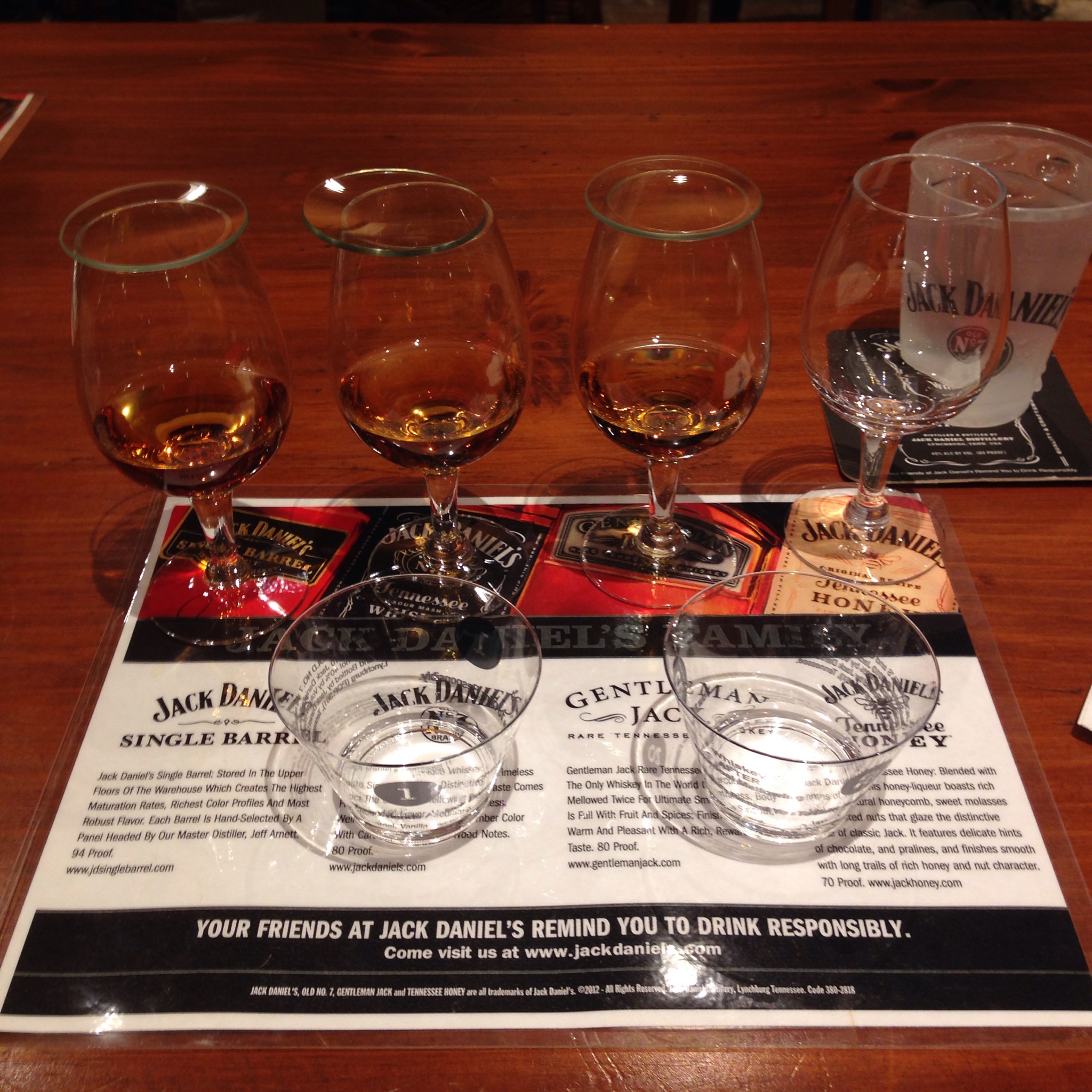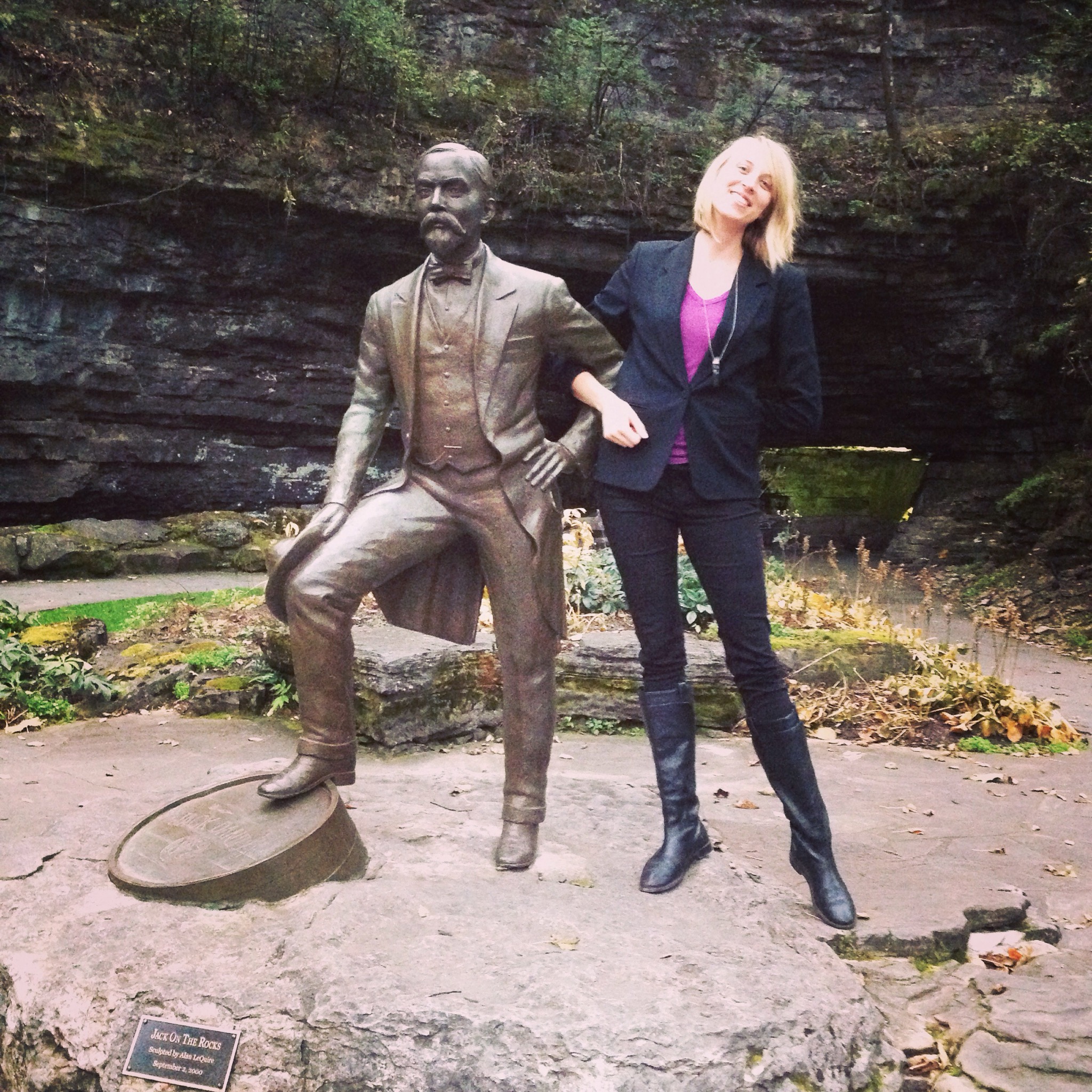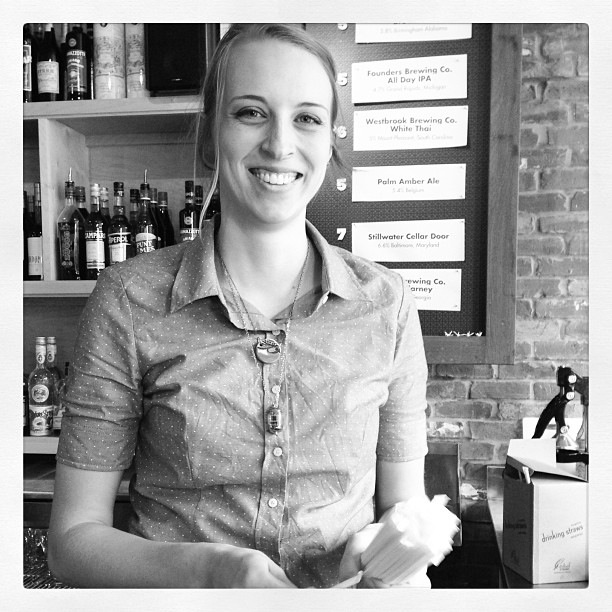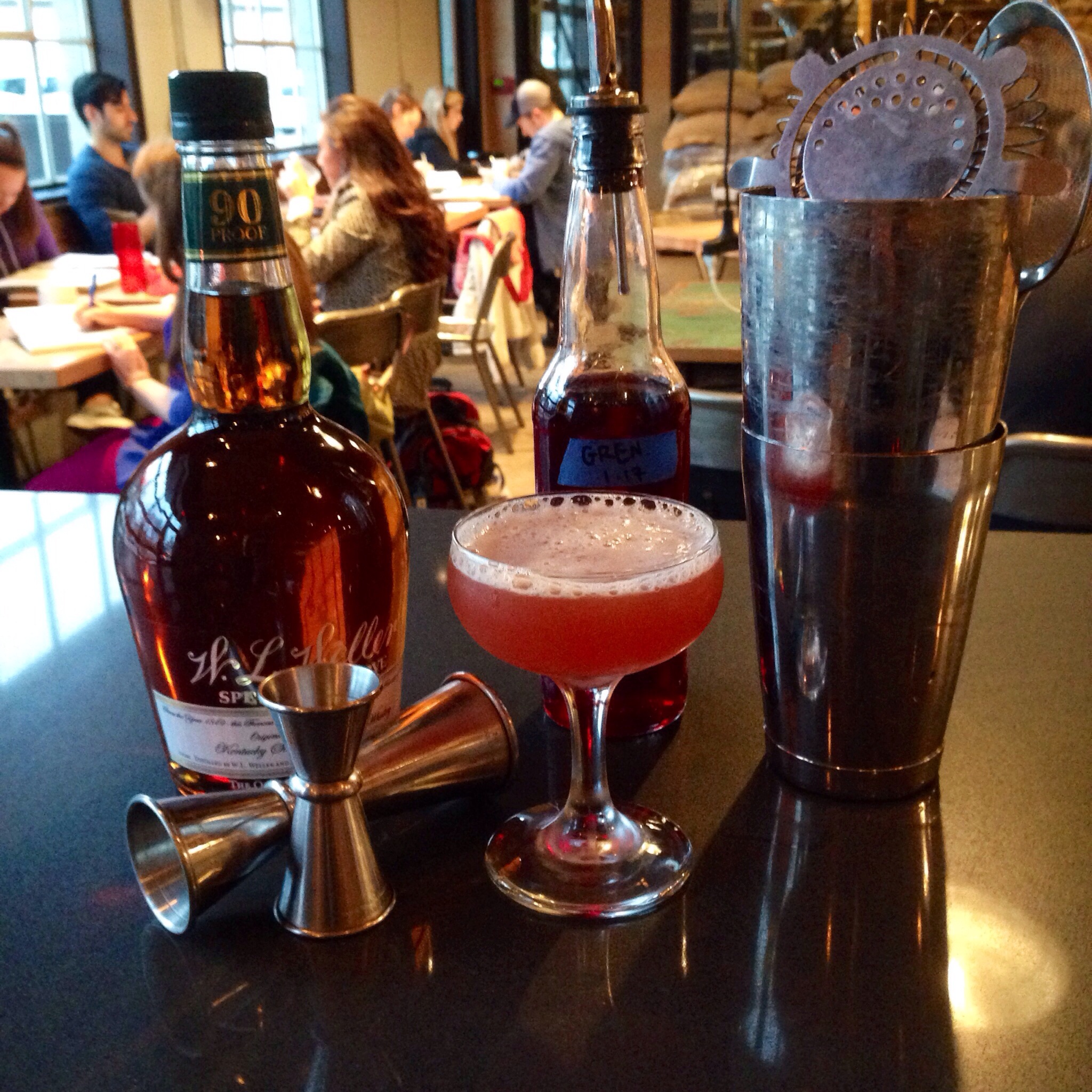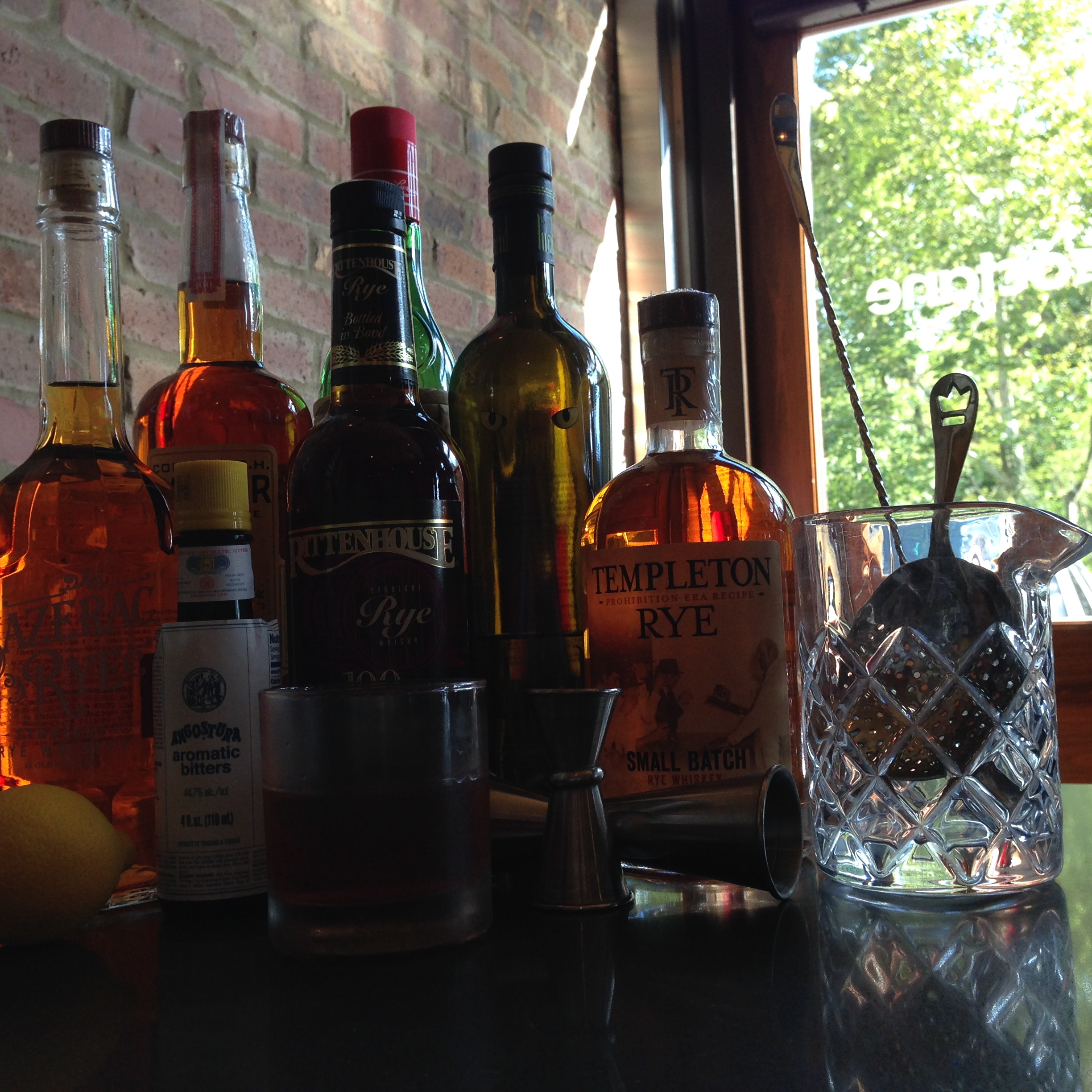Day two was our Suntory-Beam visit.* We started the day by sleepily boarding the bus at 7:30 a.m. After an uneventful (and half-asleep) drive, we reached Jim Beam. This visit was one of the most interactive tours we experienced, and started out with guests getting the chance to scoop grains into the mash cooker. Probably the coolest part of the tour was being shown around by Fred Noe, Jim Beam's seventh generation master distiller. He's a character, to say the least. When your dad is Booker Noe, I think being colorful is pretty much an expectation. His stories...man, his stories. I could tell you, but it'd undermine some of the pitches I have placed or sent.
From there, we headed to the Maker's Mark Distillery. It was rustic, picturesque and absolutely gorgeous. It's the type of place where you wouldn't be surprised to see a man in a frock coat running to catch a well-trimmed buggy.
And did I mention that part of the aging warehouse has a ceiling designed and created by Dale Chihuly? It's stunning. We exited through the gift shop and it was time to depart.
One of the things that was most interesting to me was that both of these distilleries allowed visitors more access to unfinished bottles. At Jim Beam, they allowed us to rinse our own Knob Creek bottles and then to fingerprint the wax when it was still warm. At Maker's, the gift shop has the option that allows you to dip a bottle in their red wax and let it drip down the sides.
Then it was back to the bus for the ride to Louisville. We ate out, and then caught drinks at the Seelbach Bar in the lobby of our hotel, the Seelbach Hotel. It's. Gorgeous.
Tomorrow, we visit Woodford and Wild Turkey. I'm looking forward to visiting both, and will be sure to take enough notes to recap the day.
*Suntory bought/merged with Jim Beam (which owns Maker's Mark) in May.

